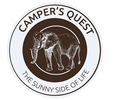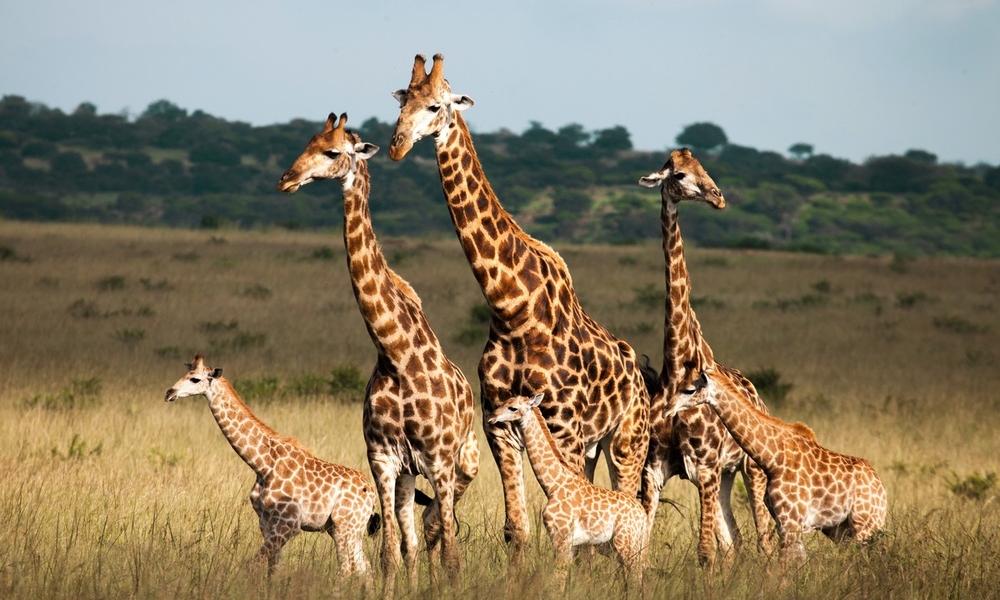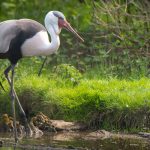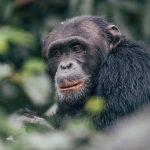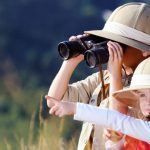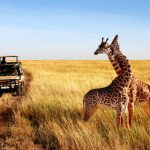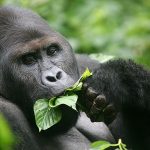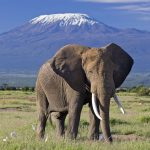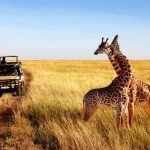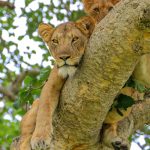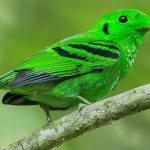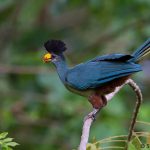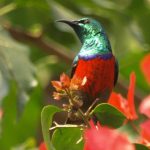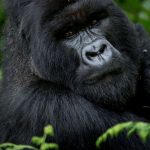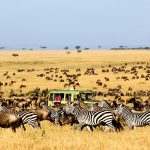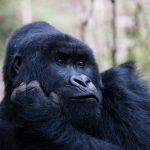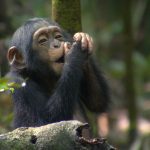ABOUT SELOUS GAME RESERVE
At the heart of the Selous Game Reserve, Tanzania’s largest river, the Rufiji, forms a complex network of channels, lakes and swamps that create one of the most outstanding ecological systems in East Africa. This river also splits the reserve into two different sections:
The northern Selous covers only around 5% of the reserve’s total area. No hunting is allowed here; this area is dedicated exclusively to photographic safaris. Virtually all of the small exclusive camps which we offer operate in this area.
The southern Selous, south of the Rufiji, is split up into a number of ‘hunting blocks’ – each of which typically cover about 1,000km².
HUNTING IN THE SELOUS
The vast majority, about 90%, of the Selous Reserve is used for trophy hunting. From what little we have seen of this area, there’s a lot of dense bush – and it is a much less interesting part of the reserve than the northern section.
Bright world Safaris doesn’t endorse hunting, or arrange any hunting trips, and so the only time we have ever sent travellers here was when one reserve – Lukulu Selous – decided to become a purely photographic area. Although this has now closed, we hope that as numbers of photographic visitors increase, some sections of the southern Selous will change from hunting to photographic safaris more permanently.sangu Wildlife Management Area was incorporated into the park creating the 20,000Km² Ruaha National Park that we know today.
SELOUS SAFARI CAMPS AND LODGES
The Selous has a handful of low-key, eco-friendly; thatch-and- canvas lodges whose combined bed capacity amounts to little
more than 300 visitors. The Selous is a game reserve and not subject to the regulations that govern Tanzania’s national parks, visitors are therefore offered a more integrated bush experience. All of the safari camps that we feature are within the reserve, with the exception of Sable Mountain Lodge, which is just outside the northern border of the reserve.
It is not uncommon to spend a whole day on a game drive without seeing another vehicle as the camps are spread out, and less than 1% of Tanzania’s visitors go to this region. This is particularly true if you are based at one of the western lodges such as Beho Beho. or Sand Rivers.
The best game viewing areas with the densest wildlife populations are found in the eastern parts of the reserve. Lake Manze Camp, Selous Impala Camp and Siwandu Camp, are known to be especially good for lion and wild dog sightings.
See our where to stay section for more information.
Note that the roads within the Selous become impassable after heavy rain. Hence camps here close towards the end of the wet season, in April, and re-open in June.
BIRDLIFE
More than 440 bird species have been recorded in the Selous. On the lakes you’ll find pink-backed pelicans, African skimmers and giant kingfishers. The sandbanks are home to carmine and white-fronted bee-eater colonies whilst pairs of fish eagle, palmnut vulture, ibises and palm swifts nest in the borassus palms. Other waterbirds found in the Selous include: yellow-billed stork, white-crowned and spur-winged plovers, various small waders, pied and malachite kingfishers. Pairs of trumpeter hornbill and purple-crested turaco can also be seen between the riparian trees. Also worth looking out for among a catalogue of egrets and herons is the Malagasy squacco heron, a regular winter visitor, while the elusive Pel’s fishing owl often emerges at dusk to hawk above the water.
FLY-CAMPING SAFARIS
We’re not sure where the name ‘fly-camp’ comes from. It might derive from the term ‘fly by night’, as these are small, temporary camps that can be easily put up and taken down. It might even come from the word ‘fly-sheet’ which describes the outer canvas of a small tent, or a homemade shelter. It’s certainly nothing to do with any winged insects!
Wherever the name comes from, a fly-camp is a small, temporary camp that is set up in the bush. Comfort is limited as the tents are just normal camping tents. Dinner is cooked on the fire, and served nearby – after which it’s natural to gather around the campfire, relax in canvas chairs, for a drink and a chat. There’s something mesmerizing about dancing flames under an African sky, with the sounds of the wild in the background.
If you’ve not done it before, then sleeping out in the bush in Africa might seem a little scary, but there’s always an armed game scout nearby to reassure you. We love fly-camping, and can’t recommend it too highly for adventurous adults. However, these trips aren’t for children. Talk to us about them, and perhaps go fly-camping for just a day or two in the middle of your trip
THE WILDLIFE OF SELOUS GAME RESERVE ANIMALS
The prodigiously large mammal populations found here, support the claim that the Selous is the greatest surviving African wilderness. Buffalo numbers are estimated at 120,000–150,000, and the reserve’s 40,000 hippos and 4,000 lions are probably the largest such populations on the continent. The Selous also harbours an estimated 100,000 wildebeest, 35,000 zebra, 25,000 Impala and significant herds of giraffe, greater kudu, waterbuck, bushbuck, Lichtenstein’s hartebeest and eland. It is also one of the most important sanctuaries in Africa for the endangered African wild dog, sable and puku antelope. There are also huge populations of crocodile, hippo, spotted hyena and leopard to name just a few of the big game species found here. Historically Selous has been home to a large proportion of Tanzania’s elephant population, but unfortunately there has been a marked increase in poaching over recent years and elephant numbers are now much lower than they once were.
If you’ve not done it before, then sleeping out in the bush in Africa might seem a little scary, but there’s always an armed game scout nearby to reassure you. We love fly-camping, and can’t recommend it too highly for adventurous adults. However, these trips aren’t for children. Talk to us about them, and perhaps go fly-camping for just a day or two in the middle of your trip

